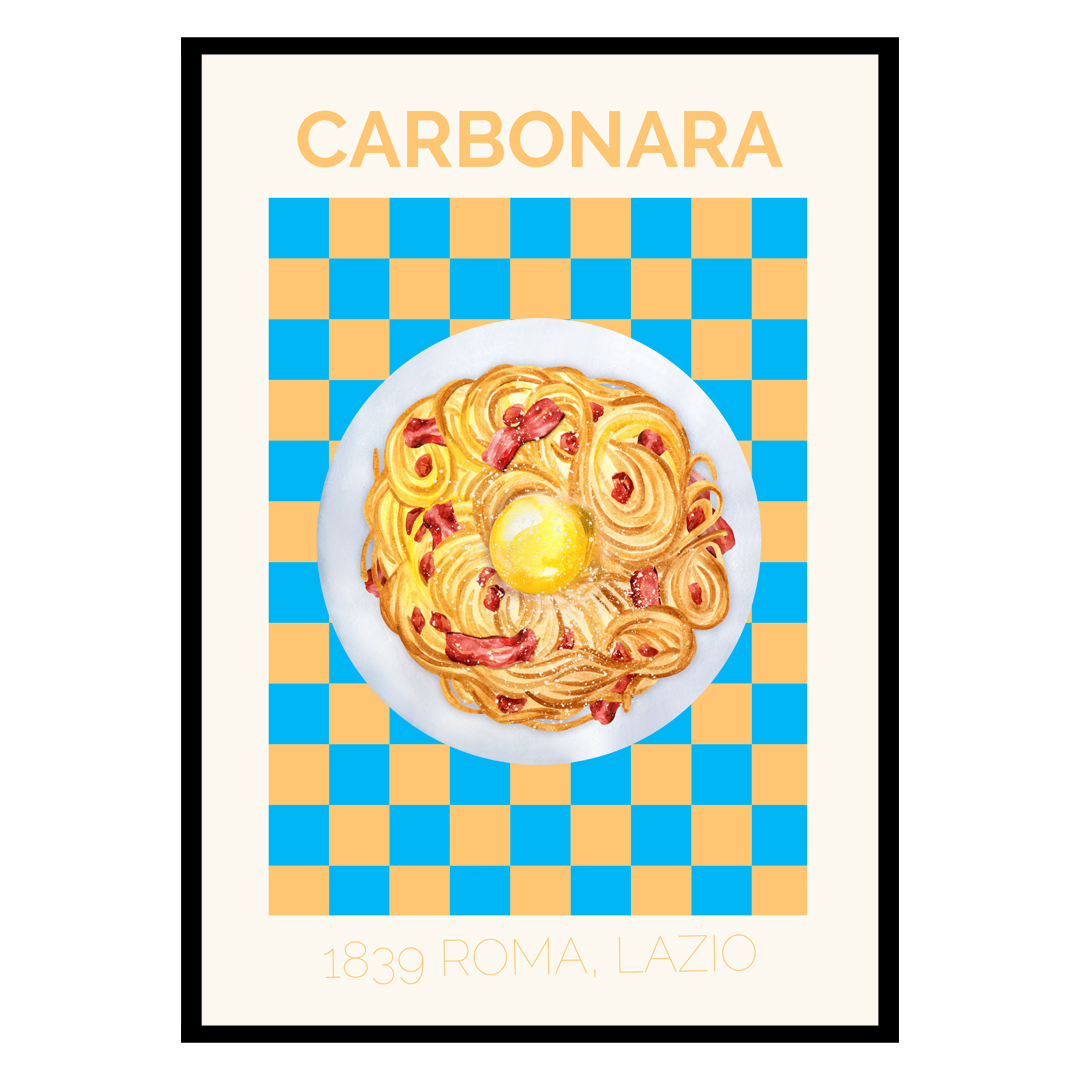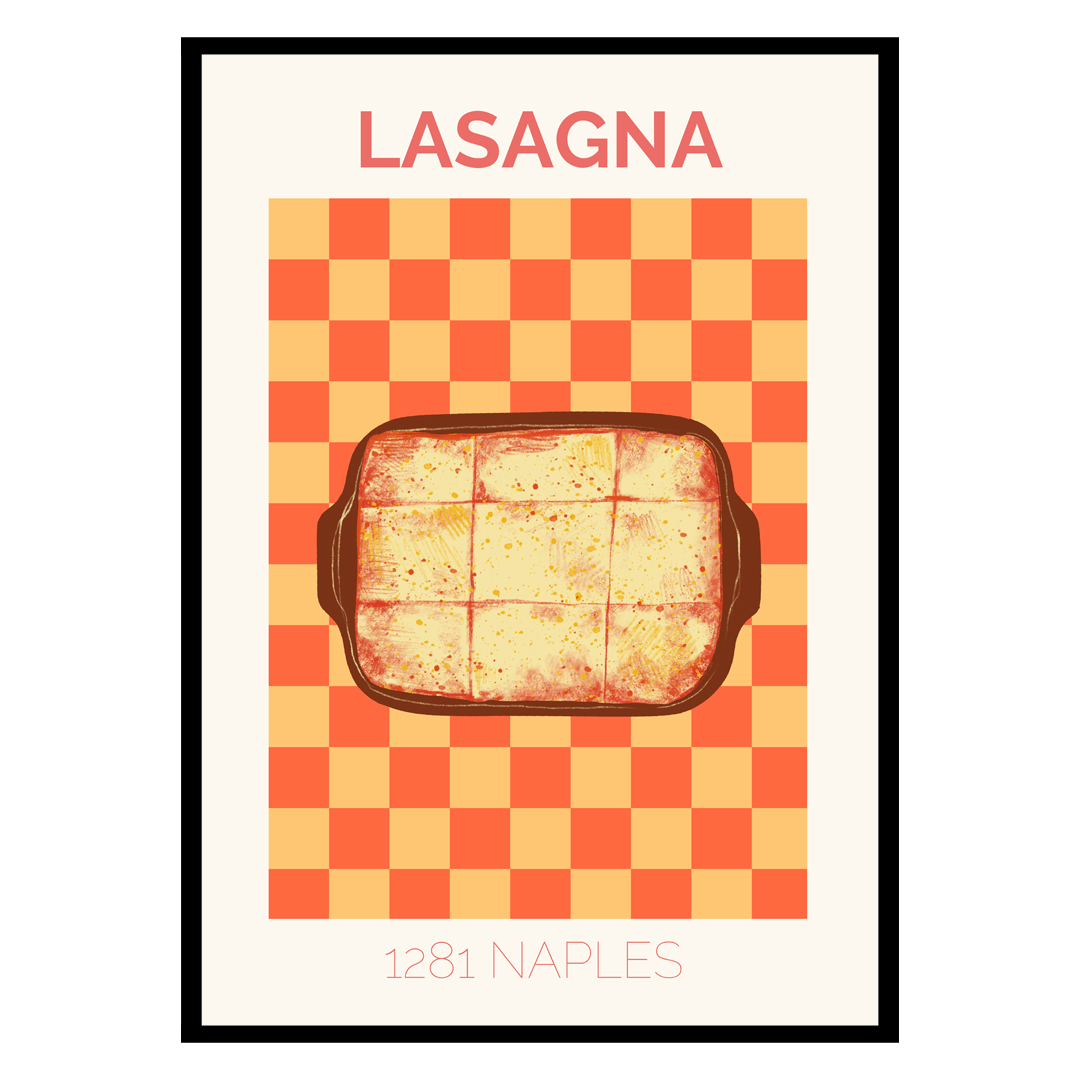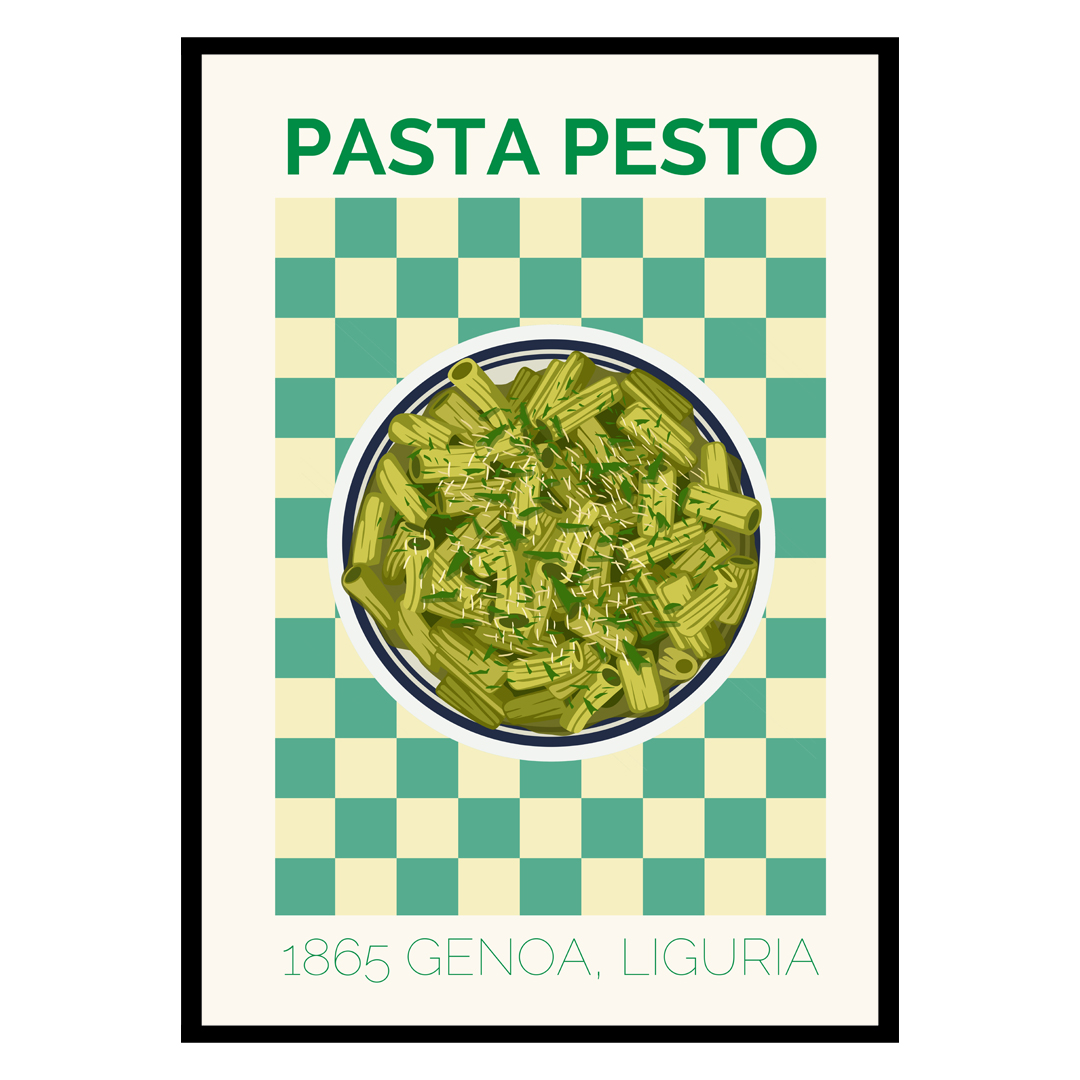Carbonara Recipe: Ingredients: Instructions: Carbonara: A Taste of Italy There are few dishes as comforting and as iconic as a well-made Carbonara. This classic Italian pasta dish is a celebration of simple yet exquisite ingredients that come together to create a flavorful masterpiece. In this blog post, we’ll dive into the origins of Carbonara, its …
Spaghetti Bolognese is a timeless Italian classic that has found its way into the hearts and kitchens of people worldwide. This hearty and flavorful dish combines perfectly cooked pasta with a rich, meaty sauce that’s sure to satisfy even the most discerning palates. If you’re craving a taste of Italy right in your own home, …
Lasagna, a classic Italian dish loved worldwide, is the epitome of comfort food. With layers of pasta, rich meat sauce, creamy béchamel, and melted cheese, it’s a culinary masterpiece that warms the soul. Today, we’re sharing a delicious lasagna recipe that will transport you to Italy with every bite. Ingredients: For the Meat Sauce: For …
If there’s one dish that captures the essence of Italian cuisine, it’s the timeless and irresistible Caprese salad. This delightful combination of fresh tomatoes, creamy mozzarella, fragrant basil, and a drizzle of olive oil is not just a salad; it’s a culinary masterpiece. The best part? It’s incredibly easy to make. Let’s dive into this …
Pasta Pesto is a beloved Italian classic that has captured the hearts and taste buds of people around the world. This dish is not only incredibly flavorful but also incredibly easy to prepare. With just a handful of ingredients, you can create a satisfying meal that will transport you to the picturesque streets of Italy. …




